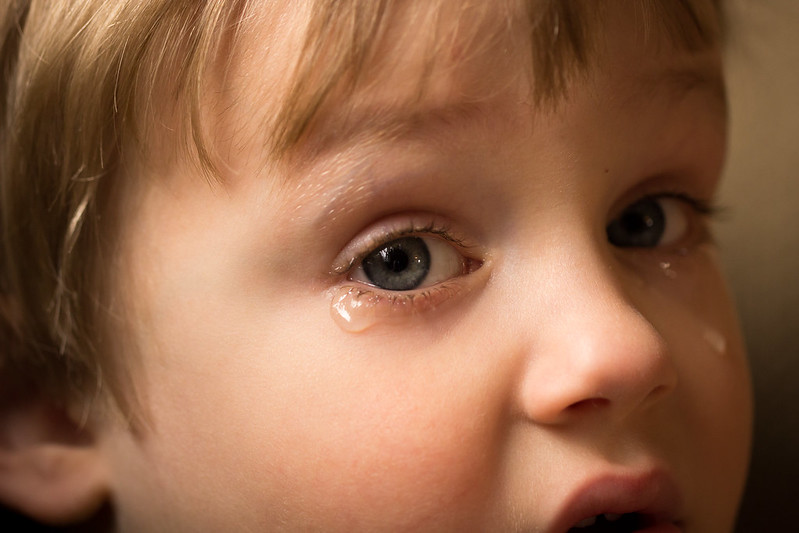Topic 1.3 External Transition: A Missed Opportunity to Heal the Impacts of Adverse Childhood Experiences
When leaders at a child care setting decide that a child must move, it is often because of behavior problems.
Challenging behavior in children usually tells a story about something the child has experienced.
Children who have experienced trauma are more likely to have challenging behavior.
Children experiencing ACES may be more likely to move because of a choice made by the leaders of a child care setting. [reference handout with ACE examples]
Children experiencing ACES need a routine stable environment to heal.
Moving children who have experienced trauma does NOT:
- Teach the child or family the skills to work through the challenging behavior.
- Heal the trauma the child is experiencing.
- Lead to long-term changes in the child’s behavior.
Consider Marilynn Again
The child care settings that have asked her to leave have not addressed the specific behaviors, rather they have only made the problem worse for her and her Aunt. If the pattern continues, Marilynn will be at a greater risk for even more troubling behaviors.
Children who move from one child care setting to another because of behavior are at greater risk for:
- Additional moves in the future.
- Suspension and expulsion in grades K-12.
- Dropping out of school.
- Being involved with the criminal justice system.
It is estimated 35 million children in the United States have experienced one or more ACES.
Significant trauma, like ACES, can have life-long implications.
For children experiencing ACES, moving to a new child care setting because of challenging behavior is a missed opportunity for healing and growth.
Child care providers who continue to care for children while working on challenging behavior can:
- Provide critical intervention services within their everyday programming.
- Be the stable environment the child needs to heal.
- Be the stable educational environment that helps a child catch up to developmental milestones.
- Help decrease the long-term impact of ACES for young children.
- Work with families to make appropriate referrals for Early Intervention Services when needed.
Without intervention, children experiencing trauma (like ACES) may show worse or more frequent challenging behaviors and a pattern is created.
- A child experiences trauma and reacts with challenging behaviors.
- They are moved to a new child care setting.
- The behavior gets worse.
- They are moved again.
- The behavior continues to get worse.
Each move leads to less stability, less bonding within relationships, and more challenging behavior.
All of these experiences making it harder for a child to heal from the trauma.


